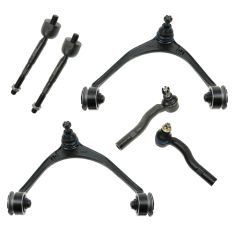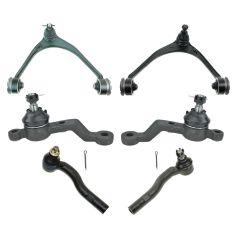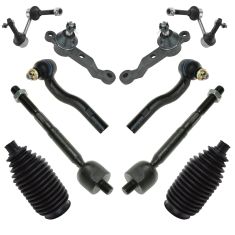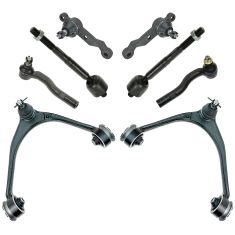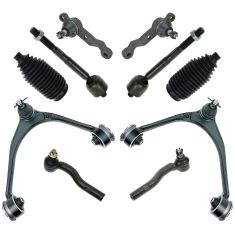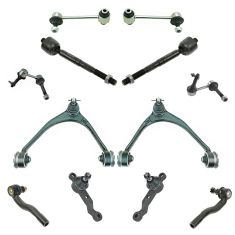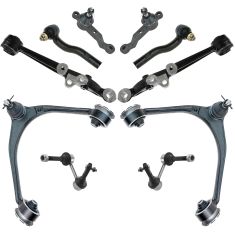1ASFK04338-Lexus GS300 GS400 GS430 Front 8 Piece Steering & Suspension Kit DIY Solutions SUS03285
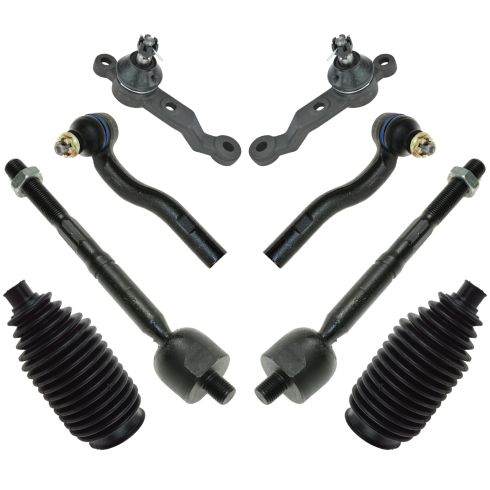
Replaces
2003 Lexus GS300 Front 8 Piece Steering & Suspension Kit DIY Solutions SUS03285

You may also like
Product Reviews
Loading reviews
5.00/ 5.0
1
1review
Well, so far the suspension components are fantastic!!
February 7, 2022
I love them, they make my car feel new again
Customer Q&A
Can I get the same kit but with greasable lowerball joints?
January 2, 2022
10
All of our suspension parts are pre-greased and sealed, no maintenance required.
January 3, 2022
Jessica D
Lexus is a registered trademark of Toyota Motor Corporation. 1A Auto is not affiliated with or sponsored by Lexus or Toyota Motor Corporation.
See all trademarks.













